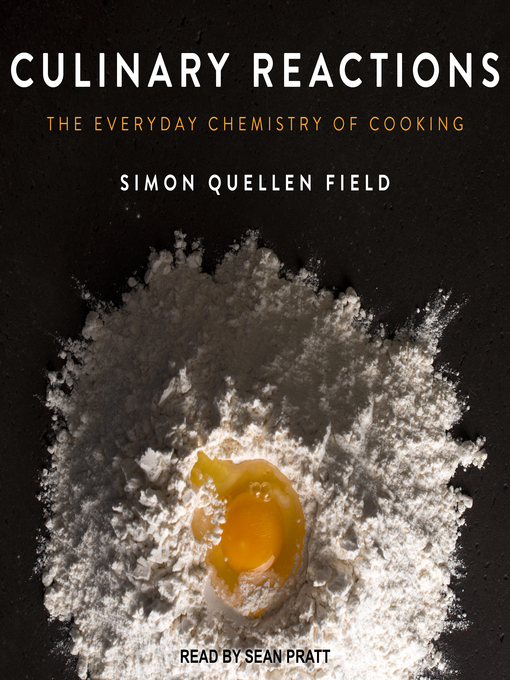-
Description
-
Creators
-
Details
-
Reviews

- Simon Quellen Field - Author
- Sean Pratt - Narrator
OverDrive Listen audiobook
- ISBN: 9781515997757
- File size: 129139 KB
- Release date: February 7, 2017
- Duration: 04:29:02
MP3 audiobook
- ISBN: 9781515997757
- File size: 129147 KB
- Release date: February 7, 2017
- Duration: 04:31:01
- Number of parts: 4

Loading
Formats
OverDrive Listen audiobook
MP3 audiobook
subjects
Languages
English
